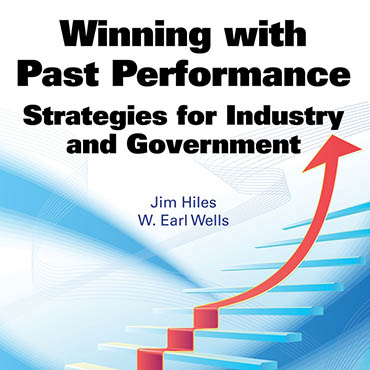Cracking the code on past performance

Two veterans of federal contracting help both sides understand this critical but convoluted aspect of acquisition.

Would you hire contractors to fix your house’s sagging porch without first verifying not only that they could swing a hammer, but that they were competent carpenters whose work had stood the test of time?
Probably not — and neither should the government. Knowledge of a worker’s — and a company’s — past performance is the grease on the wheels of commerce in the federal acquisition process.
Over the years, the federal government has institutionalized past performance in its deliberations over contracts big and small — so much so that it has become a complicated, sometimes bewildering and utterly integral part of the acquisition environment.
By federal mandate, agencies must have an intricate understanding of a company before they sign a contract with it. It’s a laudable goal, but it has also produced daunting electronic and paper trails that contractors must navigate.
Jim Hiles and W. Earl Wells’ “Winning With Past Performance: Strategies for Industry and Government,” is a guidebook that can help contractors and federal officials traverse those sometimes difficult paths.
The two authors know what they’re talking about. Now retired from the Navy, Hiles led the rollout of SeaPort-e, the Navy’s acquisition vehicle for support services in 22 areas, including engineering, financial and program management. Wells has been a proposal manager in the government services division at Electronic Data Systems (now part of Hewlett-Packard) and a proposal and operations manager at other technology companies.
The book delves into the details of how the federal contracting workforce tallies, measures and processes federal contractors’ past performance. It gives companies insight into how to craft their answers for federal agencies and gives the federal acquisition workforce a better understanding of how contractors and the commercial world perceive past performance.
Reaching a mutual understanding with regard to past-performance reviews is becoming even more valuable as the Office of Federal Procurement Policy and the General Services Administration seek to centralize all sorts of contracting data into one-stop expert hallways and managed categories for IT products and services.
According to Hiles and Wells, past performance is the foundation on which all federal contractors build their livelihoods. However, despite almost 20 years of the federal government using past performance to distinguish bidders, “both the collection and use of past-performance information remain disjointed, siloed and not well understood by either government or industry,” they wrote.
Alan Chvotkin, executive vice president and counsel at the Professional Services Council, notes in the book’s preface that the federal marketplace has seen “an almost continuous expansion of federal regulations, agency initiatives, and contracting officer trainings focused on measuring contractor performance, reporting on that performance in a consistent and timely manner, and evaluating those past-performance reports for future source selection decisions. Government contractors must pay close attention, or they face exclusion from future awards.”
The authors dive deep into Contractor Performance Assessment Reports, past-performance cycles, strategies for filling out past-performance evaluations, documentation and other paperwork. There are also templates for reports that show strategies and techniques for sharing contractors’ “stories” with federal contracting staff in the most compelling and efficient way.
Details are important, and the authors stress that it’s not enough for a firm to say how many years of experience it has. Instead, companies must explain what kind of experience and the scenarios in which the work was performed.
As Chvotkin notes in the preface, the goal of the book is to show how the federal government uses information on past performance. Hiles and Wells help firms make the most of past-performance information for future opportunities, and they offer a valuable tutorial for agency officials who want to get up to speed on those intricate requirements.
NEXT STORY: OPM breach notifications, round two


